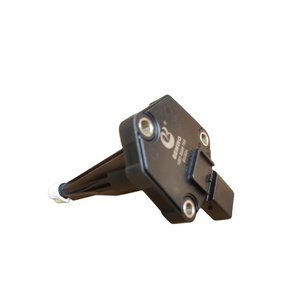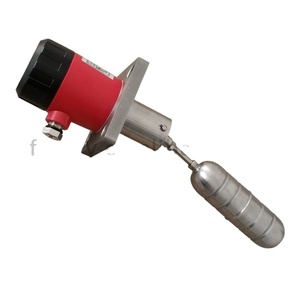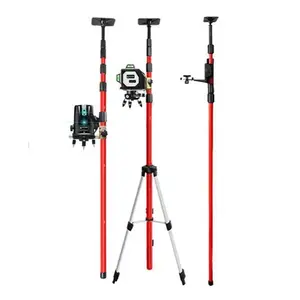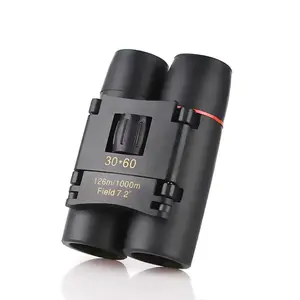Phổ biến trong ngành của bạn

















Các danh mục hàng đầu
Giới thiệu về oil level sensor for high temperature
Lựa chọn hoàn hảo oil level sensor for high temperature. có sẵn trên Alibaba.com cho phép người mua hàng trải nghiệm độ chính xác không thể tin được. Chúng chứa đầy những đặc điểm hấp dẫn giúp mang lại kết quả hoàn hảo. Đây là một lựa chọn phong phú, chứa các mặt hàng đa dạng với các thuộc tính độc đáo để đáp ứng các yêu cầu đo chiều cao cụ thể. Sự đa dạng phong phú này cho phép người mua từ các hoàn cảnh khác nhau khám phá ra những thứ phù hợp nhất oil level sensor for high temperature. để hỗ trợ các mục tiêu cá nhân và thương mại của họ.
oil level sensor for high temperature các nhà thiết kế và nhà sản xuất được giới thiệu trên Alibaba.com sử dụng vật liệu chắc chắn và công nghệ tiên tiến trong quy trình sản xuất của họ. Điều này đảm bảo rằng các thiết bị có tuổi thọ đáng kinh ngạc đồng thời cho kết quả đọc đáng tin cậy. Họ chịu đựng nhiều lực bên trong và bên ngoài, chẳng hạn như ăn mòn, lực cơ học, trong số những lực khác, khiến họ trở nên tỉ mỉ ngay cả trong môi trường làm việc thiếu điều kiện. Thuộc tính này làm cho chúng trở nên lý tưởng cho các lĩnh vực khác nhau, từ gia đình cho đến các cơ sở công nghiệp.
Những điều này thật tuyệt vời oil level sensor for high temperature. đơn giản để cài đặt và hiệu chỉnh, đảm bảo rằng các phép đo của họ luôn tỉ mỉ. Chúng rất quan trọng trong việc theo dõi các thuộc tính chiều cao, do đó, hỗ trợ việc ra quyết định chính trong các khu vực chúng được sử dụng. Chúng kết hợp các thang đo kỹ thuật số và tương tự sáng tạo, dễ đọc, giúp chúng dễ sử dụng và thực tế ngay cả đối với những người không được đào tạo kỹ thuật. Vì các thành phần của chúng có thể tái chế dễ dàng, chúng rất lý tưởng để ứng dụng trong các lĩnh vực hỗ trợ các hoạt động bền vững.
Khi điều hướng qua Alibaba.com, người mua sắm sẽ bắt gặp những điều tuyệt vời oil level sensor for high temperature. các dãy. Điều này cho phép mọi người mua khám phá những thứ phù hợp nhất theo nhu cầu chức năng và ngân sách của họ. Mua sắm trên trang web rất bổ ích, đặc biệt là vì người mua hàng tiết kiệm được thời gian và tiền bạc trong khi nhận được sản phẩm có chất lượng vô song.










